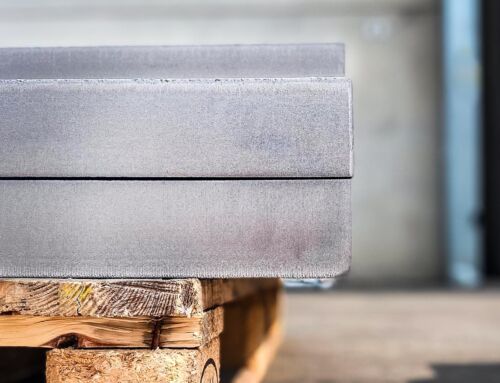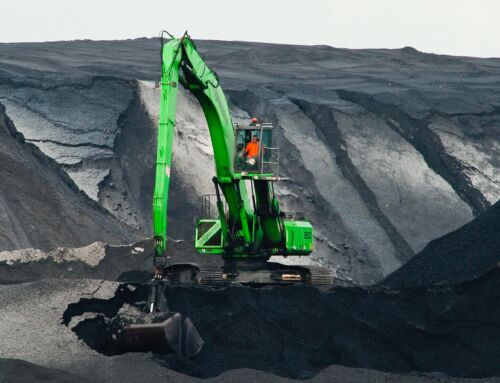The revolution of anti-wear steel: the ideal solution for wear resistance
Anti-wear steel has become essential in many industrial sectors, offering exceptional wear resistance. It is a crucial material, especially for industries where components are subjected to high levels of mechanical stress and friction. Anti-wear steel represents a significant advancement, providing enhanced durability and reducing downtime for machinery.
The origin of this steel
This type of steel was developed to meet the growing demand for wear-resistant materials in various industries. Its origins date back to the early 20th century, when industries such as mining needed materials that could withstand mechanical stress and rock abrasion. The first breakthrough came in 1912 with the discovery of manganese steel by Robert Abbott Hadfield.
Advances in wear-resistant steel alloys
In the 1930s, German metallurgist Heinrich Rausch developed an alloy of chromium and nickel for Krupp, improving the steel’s resistance to both abrasion and corrosion. Chromium forms a thin oxide layer on the surface of the steel, improving its ability to withstand harsh environments and mechanical stress.
The current application of this steel
Today, this type of steel is essential in industries such as mining, cement production, and steel production. Its properties, such as wear resistance and toughness, make it indispensable for industries where friction and wear are daily challenges.
For companies that require materials with greater durability, this type of steel offers unparalleled benefits, including increased safety and operational efficiency. If you are considering anti-wear steel solutions, contact Sidertaglio Lamiere for tailored advice on the best products for your industry needs.







